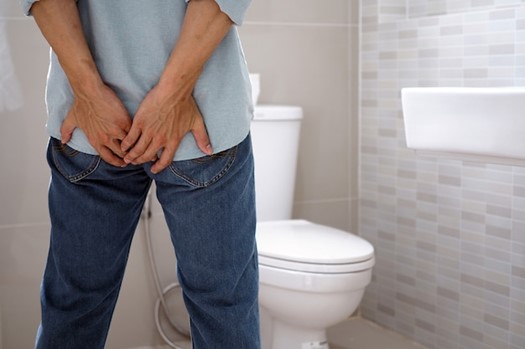Lateral internal sphincterotomy is a surgical procedure designed to alleviate severe and chronic anal fissures.
The operation targets the internal anal sphincter, a muscle that controls the anus, which, when excessively tense, prevents the healing of fissures.
By performing a small incision in this muscle, surgeons aim to reduce its tension, thus facilitating the healing process for the anal fissure.
When is Surgery Necessary?
Surgery is considered for patients whose anal fissures have not healed despite other treatments.
Indications for a lateral internal sphincterotomy include
- Persistent pain
- Frequent spasms
- Disruption to daily activities caused by the fissure
It is particularly recommended when conservative treatments, such as medication or dietary changes, have failed to relieve symptoms.
Surgical Procedure and Techniques
The lateral internal sphincterotomy is typically carried out as an outpatient procedure, enabling patients to go home the same day.
Performed under either general or local anaesthesia, a small lateral incision is made in the internal sphincter muscle.
This deliberate incision aims to permanently lessen the muscle’s tension by 20% to 50%, improving blood flow and facilitating the healing of the fissure.
The operation usually lasts about 30 minutes, followed by a few hours of recovery before the patient is discharged.
Postoperative Care and Recovery
After surgery, patients may experience some discomfort and light bleeding for several days.
Pain management typically involves prescribed medications and topical ointments to facilitate easier bowel movements.
It is recommended to avoid vigorous activities for one to two weeks, employ stool softeners, and ensure cleanliness through sitz baths or gentle cleansing.
Most patients notice a substantial alleviation of symptoms within a few days and can resume their usual activities soon after. The fissure usually heals completely within six weeks.
Risks and Alternatives to Consider
While effective, with a success rate of about 95%, lateral internal sphincterotomy does carry risks, including minor fecal incontinence and difficulty in urinating, which are generally temporary.
Long-term complications are rare but can occur.
For patients at risk of more severe complications, alternative treatments such as fissurectomy combined with Botox injections might be proposed.
These alternatives suitable for patients more susceptible to incontinence or other complications.
In summary, lateral internal sphincterotomy is a reliable and highly successful surgical option for treating chronic anal fissures that have not responded to non-surgical approaches.
Is chronic anal fissure pain affecting your quality of life? Consider lateral internal sphincterotomy. Our experts are here to help—contact us today to discuss your surgical options!



